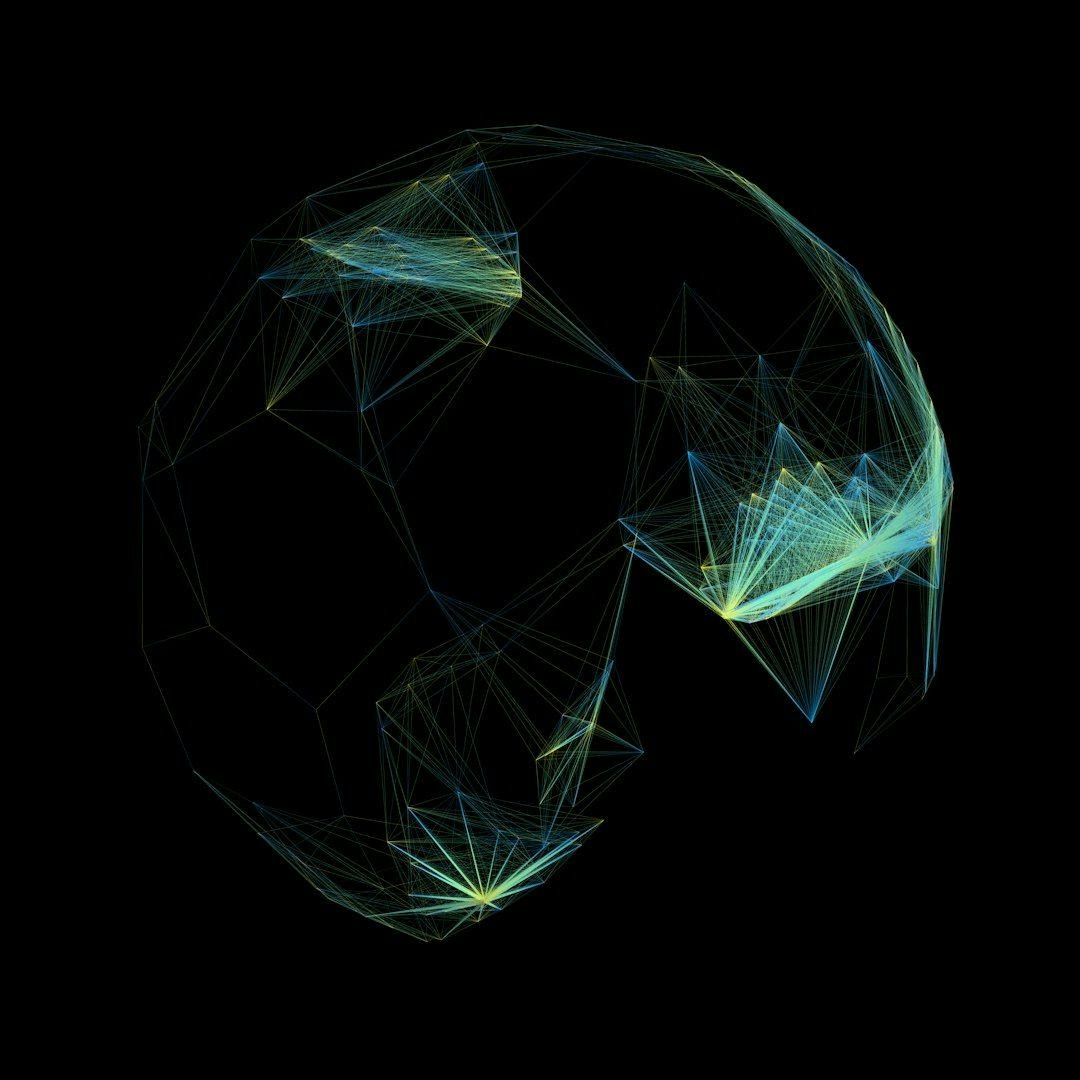Hackernoon
4w
378

Image Credit: Hackernoon
Efficient Transformers for Astronomical Images: Deconvolution and Denoising Unleashed
- The article focuses on the implementation of efficient Transformers for astronomical images, specifically for deconvolution and denoising processes.
- The study aims to enhance the quality of images from the HST to JWST levels using the Restormer implementation of the Transformer architecture.
- An overview of the encoder-decoder architecture and the application of Transformers for image restoration is presented in the study.
- The encoder-decoder architecture enables neural networks to map input data to structured output data and has been widely used in various applications.
- Transformers utilize self-attention mechanisms to highlight relevant information in the input data and have been successful in handling sequential data efficiently.
- Zamir et al. (2022) introduced the MDTA block to alleviate computational complexity in Transformer models, making it suitable for large images like astronomical data.
- MDTA facilitates interactions between channels in the feature map, enabling global context learning crucial for image restoration tasks.
- The GDFN block within Restormer enhances information flow through gating mechanisms, ensuring high-quality outcomes in image restoration tasks.
- The study also discusses the implementation details, including a transfer learning approach and training iterations for dataset adaptation.
- The paper aims to improve image restoration techniques for astronomical images and is available under the CC BY 4.0 Deed license on arXiv.
- For more technical details and access to the inference model, readers are directed to the provided GitHub link.
Read Full Article
22 Likes
For uninterrupted reading, download the app